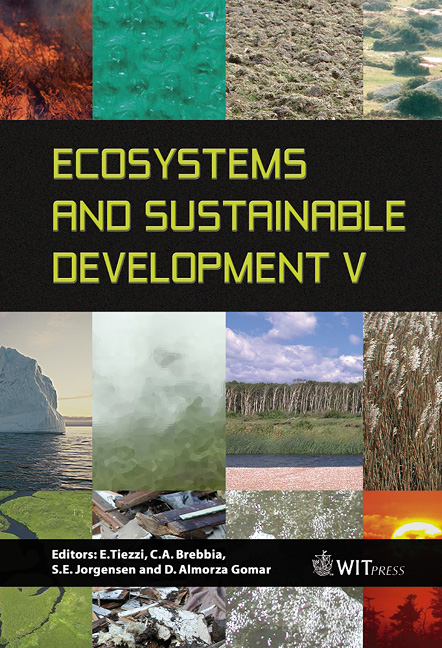Incorporating Nature Valuation In Cost-benefit Analysis
Price
Free (open access)
Transaction
Volume
81
Pages
10
Published
2005
Size
585 kb
Paper DOI
10.2495/ECO050291
Copyright
WIT Press
Author(s)
E. J. Bos & J. M. Vleugel
Abstract
In applications of cost-benefit analysis (CBA) the economic valuation of environmental impacts is perceived as being problematic. As a consequence, these impacts are usually not included in cost-benefit analysis. When part of the welfare effects of an investment scenario (project) is not included, CBA becomes incomplete, hence unreliable as a tool to support decision-making. It is not unlikely that if environmental concerns had been included in the CBA application, the outcome of the decision-making process would have been different. This article presents results from a Dutch case study in which a method to monetise part of these ecological costs and benefits was developed, while an application of the method shows how the balance of costs and benefit changes due to incorporation of the ‘green’ costs. Keywords: nature valuation, social cost-benefit, rail, Dutch case study, policy. 1 Introduction Cost-benefit Analysis (CBA) is recommended as most appropriate for supporting Dutch policy making on public investment projects [1]. However, the reliability of CBA largely depends on the appraisal of welfare-effects that are not normally expressed on a market, such as those associated with nature and the environment. It is the economic valuation of these welfare-effects that is perceived as being a major source of uncertainty. This especially holds for the adverse effects on nature, like the disturbance of ecosystems and the fragmentation of nature areas, as guidelines for the valuation of these ecological effects are currently not available. In reference to federal government plans to extend rail infrastructure in the Randstad area, the economic valuation of adverse ecological effects induced
Keywords
nature valuation, social cost-benefit, rail, Dutch case study, policy.





